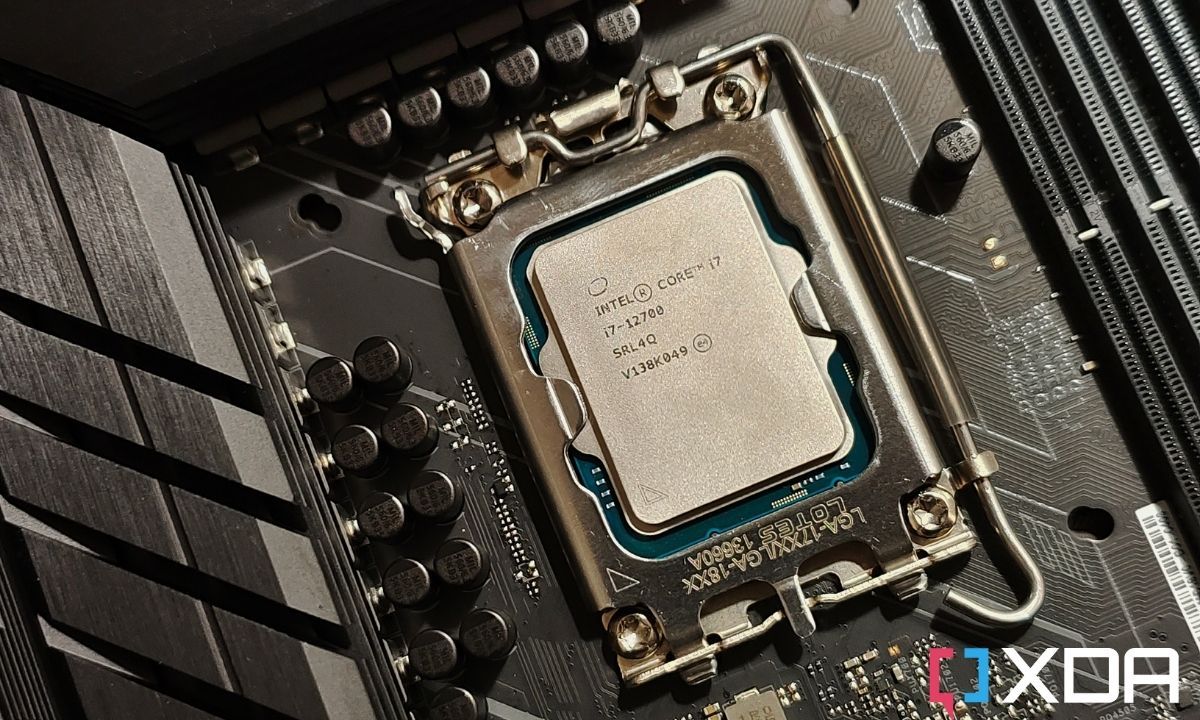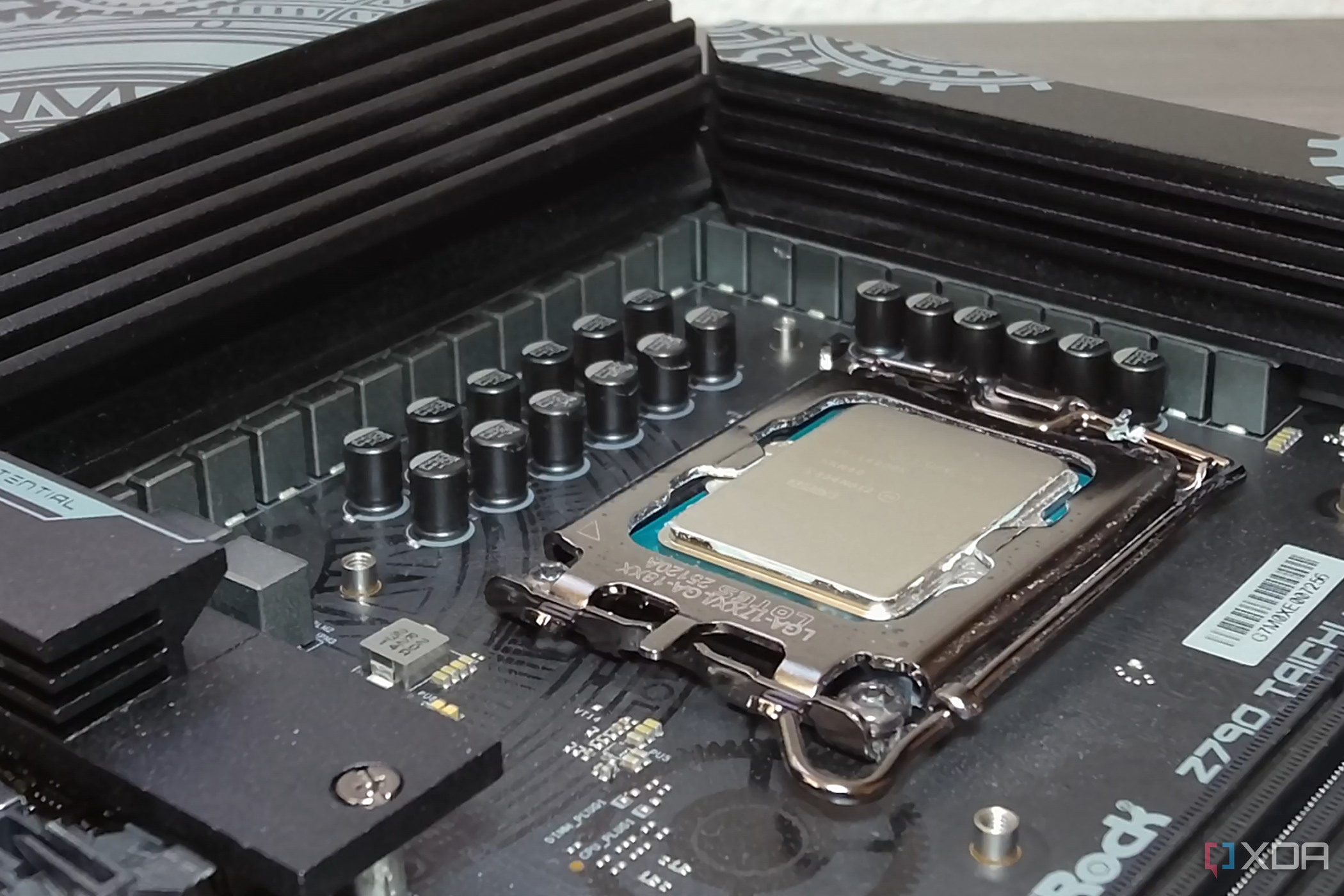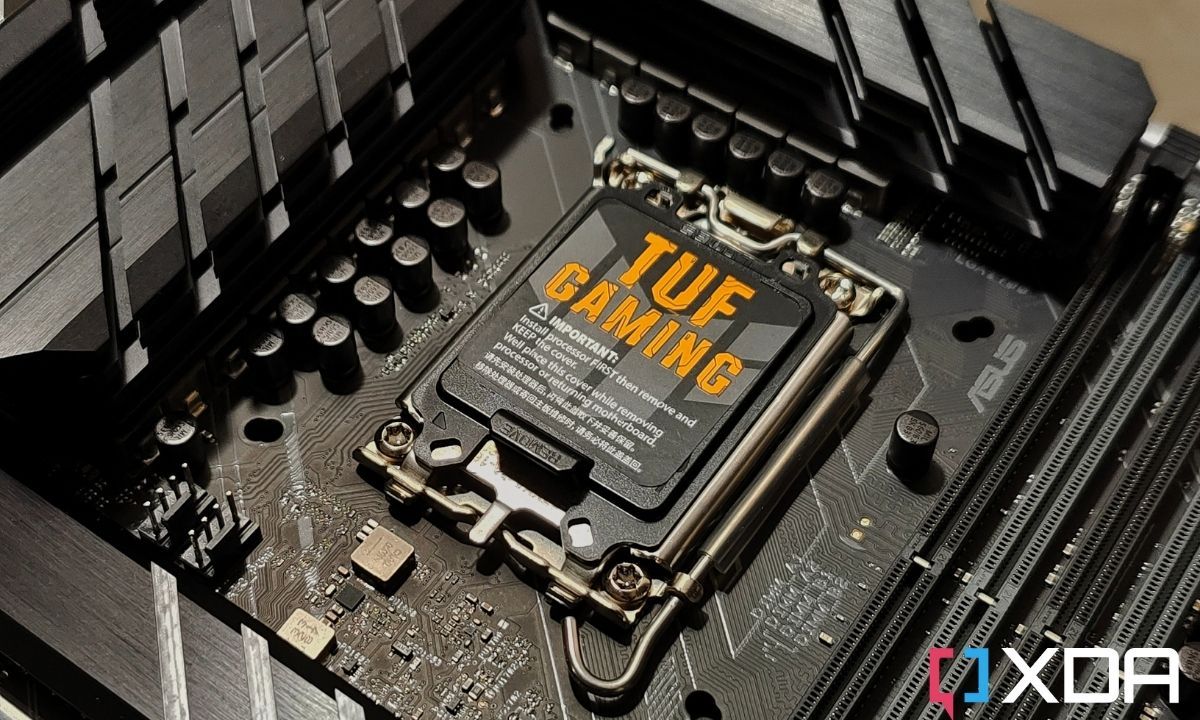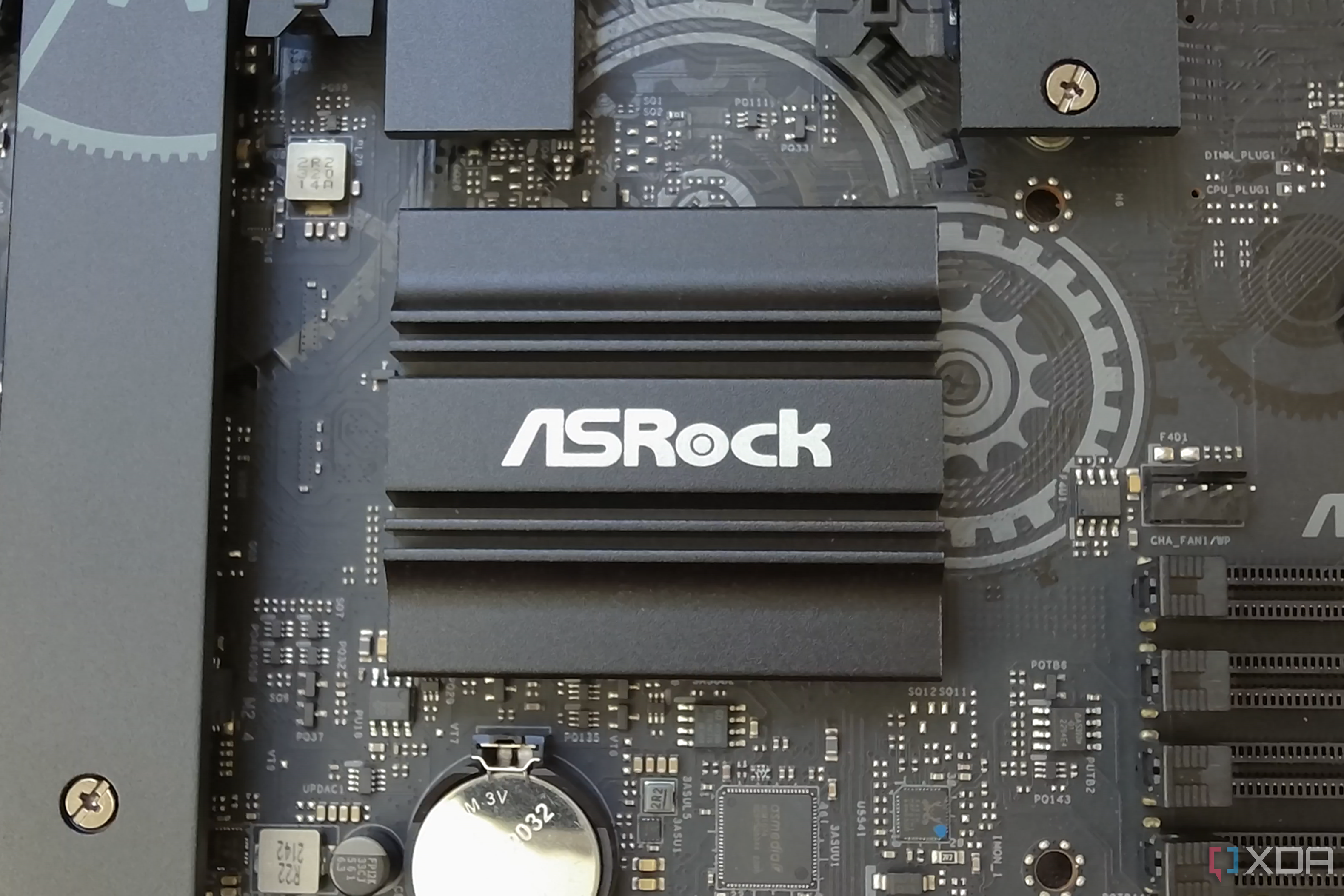Key Takeaways
- Beware of motherboard manufacturers claiming “AI†features, as they are often more scripted automation than genuine artificial intelligence.
- Don’t be fooled by motherboards labeled as “Ultra Durable†or “Protection,†as they may lack noticeable durability enhancements and distract from evaluating other critical aspects of performance.
- While RGB lighting can enhance aesthetics, be cautious not to prioritize it over real performance and functionality when selecting a motherboard. Focus on substantive features instead.
In the realm of PC motherboards, the market is flooded with terms that might sound impressive but often lead to more confusion than clarity. Today, we are going to demystify the marketing gimmicks that permeate the motherboard landscape. From the bold “GAMING†labels to the clearly misleading “VR Ready†claims, our goal is to help you see beyond the marketing haze. The objective is simple: to guide you away from unnecessary expenditures and towards a more informed approach to selecting the best motherboard that genuinely suits your needs.
1 “AI†features
AI can be deceiving
In the era of artificial intelligence hype, motherboard manufacturers have embraced the trend by integrating seemingly intelligent features into their BIOS. However, the term “AI†here is more of a marketing label than an accurate descriptor of these features. Instead of genuine AI-driven functionalities, what users often get is scripted automation. This extends to features like calling routine CPU Turbo Boost behavior “AI,†a nomenclature that stretches the definition of artificial intelligence.
Source: ASUS
Features like AI overclocking and AI cooling, while sounding sophisticated, frequently fall short of expectations. They reveal themselves as automated processes lacking the complexity and adaptability synonymous with true AI capabilities. This misrepresentation not only dilutes the meaning of artificial intelligence but can also lead consumers to expect more substantial performance improvements than these features can deliver.
2 Ultra Durable or Protection marketing term
Just because the packaging says your motherboard is tough, doesn’t necessarily mean it truly is
Turning our attention to the plethora of “Protection†branding, it’s a recurring theme on modern motherboard product pages. Brands like Gigabyte, MSI, and ASUS TUF engage in a race to label every component with this tag, creating a competitive environment not just for producing robust motherboards but for outdoing each other in naming distinctive durability features.

Interestingly, motherboards labeled as “Ultra Durable†often find themselves in the budget-friendly category, lacking obvious durability enhancements. This paradoxical situation reveals a tendency among manufacturers to overemphasize protective features, potentially distracting consumers from evaluating other critical aspects of motherboard performance. It’s almost as if the race for branding supremacy takes precedence over the presence of noticeable durability and protection features.
3 RGB Lighting
We all wish that good RGB lighting would bring us better FPS in games
As for RGB lighting, its use as a lure can be both appealing and deceptive. When done right, RGB lighting adds a pleasing aesthetic touch to a PC build. However, in the mid-range and entry-level boards, manufacturers sometimes deploy RGB lighting without much thought. Instead of enhancing the overall aesthetics, it becomes more of a marketing checkbox.
The appeal of RGB lighting, when applied haphazardly, transforms from an aesthetic add-on to a gimmick. Unsuspecting gamers might be enticed to invest in motherboards for their lighting prowess rather than their substantive features. It’s a cautionary note to consumers to look beyond the lights and focus on what the motherboard brings to the table in terms of real performance and functionality.
4 “VR Ready†branding
Every motherboard is VR-ready
Moving on to the “VR Ready†branding, it’s a tag from the past decade that has lingered particularly in the middle and lower tiers of the motherboard market. For those less familiar with PC building intricacies, seeing this label might suggest that the motherboard plays a pivotal role in determining a system’s virtual reality capabilities. However, the truth is quite the opposite. VR readiness is more reliant on the processing power of the CPU and GPU than the motherboard itself.

The continued prevalence of “VR Ready†branding perpetuates a misunderstanding, potentially diverting attention from the genuine determinants of VR performance. As a result, consumers might be led to believe that a motherboard holds the key to unlocking the full potential of VR when, in fact, it’s the combination of a robust CPU and GPU that truly matters.
5 “GAMING†branding
Your motherboard can do more than just gaming
On the subject of “GAMING†branding, you’ve likely come across motherboards shouting this label loud and clear. While it might give off an impression of high-performance gaming prowess, the truth is a bit less honest. Manufacturers often emblazon their consumer products with the word “GAMING,†sometimes right in the name. However, the reality is that these motherboards aren’t exclusive to gaming setups; they can perform just as well in workstations and other applications.

The extravagant gaming branding, with its catchy aesthetics, tends to overshadow the versatility of these motherboards, creating a somewhat misleading narrative that restricts their potential to the gaming realm. Moreover, the “GAMING Certified†stamp is another instance of branding excess that can be found on motherboards. This attempt to certify a motherboard as specifically suitable for gaming seems redundant when the same motherboard could excel in various computing tasks.
The focus on gaming branding, particularly when it’s woven into the product names, not only adds an element of redundancy but may also give off a somewhat juvenile vibe. It’s as if the manufacturers are playing to the gallery, emphasizing style over substance and potentially leading consumers to believe they need a dedicated gaming motherboard when, in reality, the distinctions are often more about marketing than meaningful performance differences.
6 Honorable mention – Overclocking gimmicks
Overclocking doesn’t just depend on the motherboard — it involves other key components as well
Let’s also delve into the claims of being “Overclocking Ready.†This is a common feature flaunted by many motherboards, often irrespective of the actual capabilities of the chipset and power delivery system. MSI and Gigabyte motherboards are notable culprits in this trend, frequently intertwining these claims with the allure of AI-driven overclocking capabilities. However, the reality is more nuanced.

Of course, there are several motherboard chipsets that restrict overclocking altogether, but this branding is often found on motherboards that do support overclocking. The branding aims to exaggerate the overclocking capabilities of the board regardless of the quality of the power delivery system and other factors that affect overclocking results. Moreover, many motherboards exaggerate the AI overclocking features that are packed into modern boards, running the risk of creating a misleading narrative that overshadows the practical implications of overclocking potential for everyday users.
Final thoughts
When navigating the complex landscape of motherboard selection, it’s essential to cut through the marketing noise. Forget the flashy labels and concentrate on what truly matters. To navigate the maze of marketing terms, refocusing on the core elements that genuinely impact performance is key.
Socket and chipset compatibility, a robust VRM and power delivery, effective cooling solutions, M.2 slots for storage, ample USB ports and rear connectivity, high-quality onboard audio, and reliable networking capabilities form the bedrock of a motherboard’s functionality. By sidestepping the gimmicks and honing in on these essential features, consumers can make astute decisions, ensuring their motherboard investment aligns seamlessly with their actual computing needs.
** (Disclaimer: This video content is intended for educational and informational purposes only) **
More...

